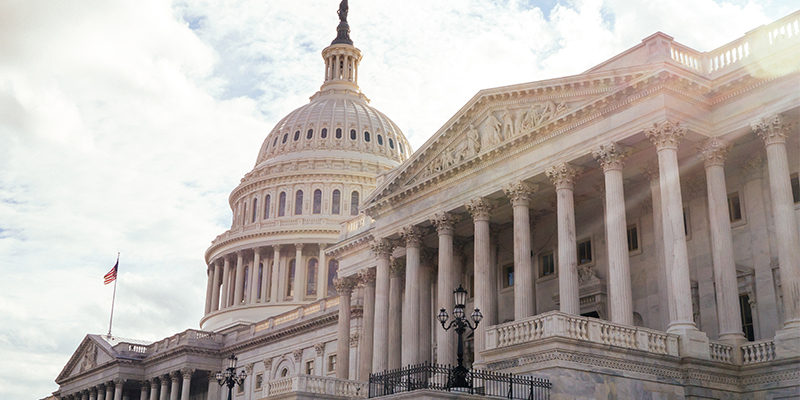Finally, after months of political gamesmanship between progressives and moderates in the Democratic party, the House of Representatives on Nov. 5 passed H.R 3684, the Infrastructure Investment and Jobs Act, which President Joe Biden signed into law this Monday. The Senate passed the bill on Aug. 10, and moderate Democrats in the House had been eager to vote on an issue that enjoyed bipartisan support and was popular with the public. Progressives in the House, however, had refused to commit to supporting H.R.3684 until they were assured passage of a budget reconciliation bill that contained many of their spending priorities. After an embarrassing loss by Terry McAuliffe, the Democratic nominee in the Virginia gubernatorial race the week before, and a closer-than-expected race in the New Jersey gubernatorial contest where the incumbent Democratic governor eked out a victory, all but a few of the members of the Congressional Progressive Caucus agreed to vote for the infrastructure bill in return for a promised vote this week on the reconciliation bill. Still, 13 Republican votes were needed to pass the bill, offsetting six Democrats who refused to support it.
So now that the infrastructure bill is the law of the land, what are the highlights, and how will this money get distributed? Below are the major infrastructure investments in the legislation:
- $110 billion for roads, bridges, and major projects
- $73 billion to upgrade the electric grid
- $66 billion for passenger and freight rail
- $65 billion for broadband access (including rural)
- $55 billion for water quality
- $50 billion for climate change measures
- $21 billion for environmental cleanup
- $15 billion for electric vehicles
- $39 billion for public transit
- $25 billion for airports
- $17 billion for ports
NAIOP has been advocating for increased infrastructure investment for several years now, and we achieved several of our priorities with passage of the legislation:
- Increased funding for roads, bridges, freight rail, airports and ports.
- Provides $16 billion to fund major infrastructure projects of national or regional importance, such as the Gateway Tunnel project between New Jersey and New York City, which might otherwise not fit neatly into any program funding structure.
- Expansion of the use of public-private partnerships (“P3s”). The bill raises the caps on tax-exempt private activity bonds for surface transportation projects, used in P3s, from $15 billion to $30 billion.
- Streamlined permitting for major infrastructure projects enacted permanently into law, instead of only through executive orders which are subject to change without legislative action. The bill sets a two-year permitting goal for major infrastructure projects.
- Supporting energy-efficiency improvement efforts. The bill creates a $250 million loan program in the Department of Energy to support energy audits and retrofits for commercial and residential buildings.
Regarding the distribution of the funding, it is important to understand that the $1 trillion dollar bill includes a five-year extension of existing federal surface transportation and other infrastructure programs. Approximately $550 billion is additional funding for infrastructure needs. Some of the funding, therefore, will be allocated to the states by existing formulas, while some will be doled out through competitive grants. Distribution of much of the newer program funding, however, will not occur until the federal agencies administering the programs develop the formulas or grant award criteria required by the law. In many cases, these are not due until six months or a year after the date of enactment. Funding formulas are based on criteria such as state population or, in cases of specific programs, other criteria such as level of ridership of transit providers, for example. Once the money is provided to the states, then state and local officials will make most of the funding decisions for individual projects in their localities.
The White House has provided estimates of funding that individual states can expect to receive from the infrastructure bill, based on historical formula allocations from prior legislation. These White House State Fact Sheets are estimates, of course, and the actual funding received will vary because of population changes and other factors affecting the distribution of funds could change. But, they can provide some idea of what a state will be receiving. For example, the White House fact sheet for Massachusetts states that it will receive $4.2 billion for federal-aid highway apportioned programs, and $1.1 billion for bridge replacement and repairs. Over five years, it can expect $244 million to improve its airports, and $1.1 billion for water infrastructure projects. As expected, the big states with larger populations and more extensive public transit systems can expect the largest amounts, with California, Texas and New York being the top recipients, in that order.








